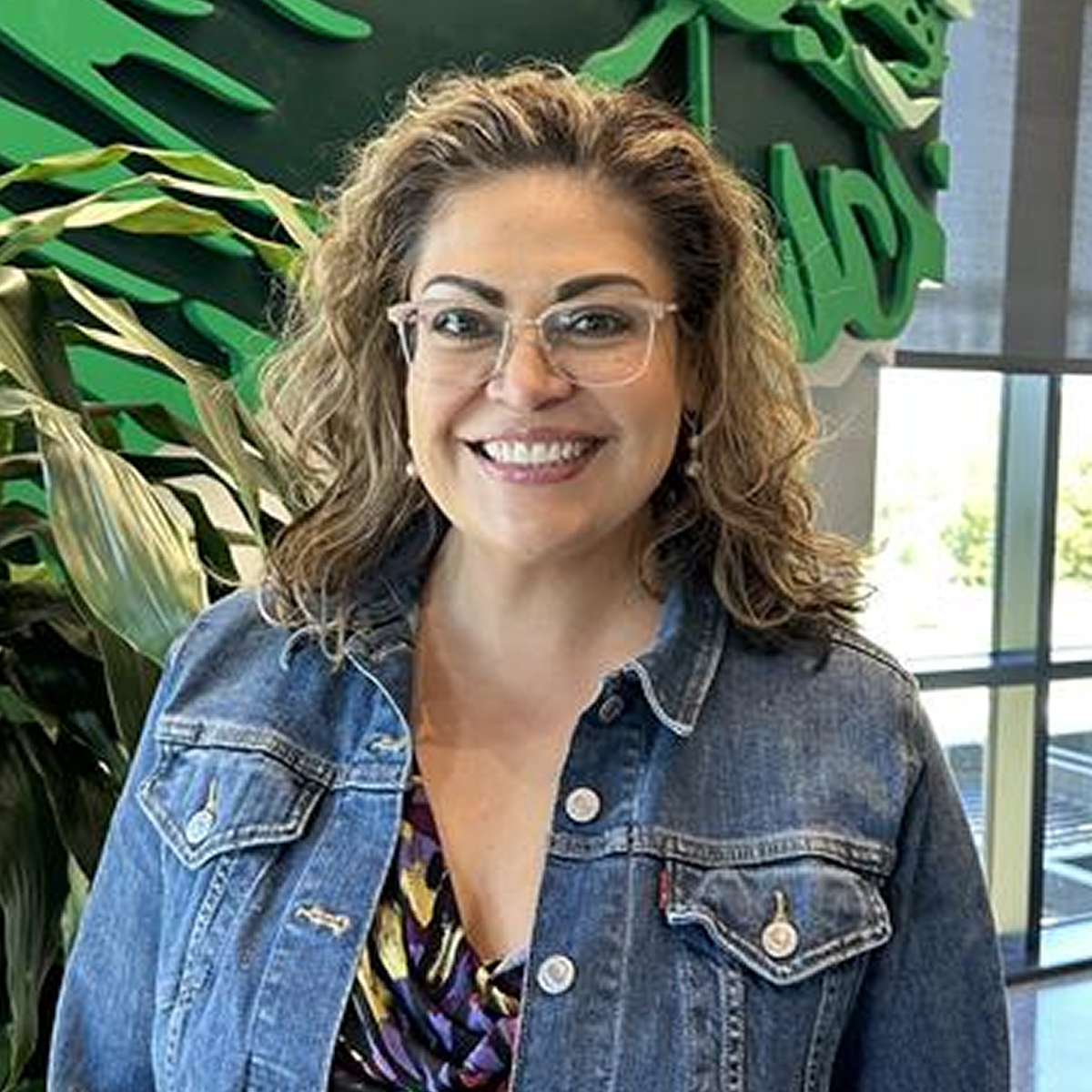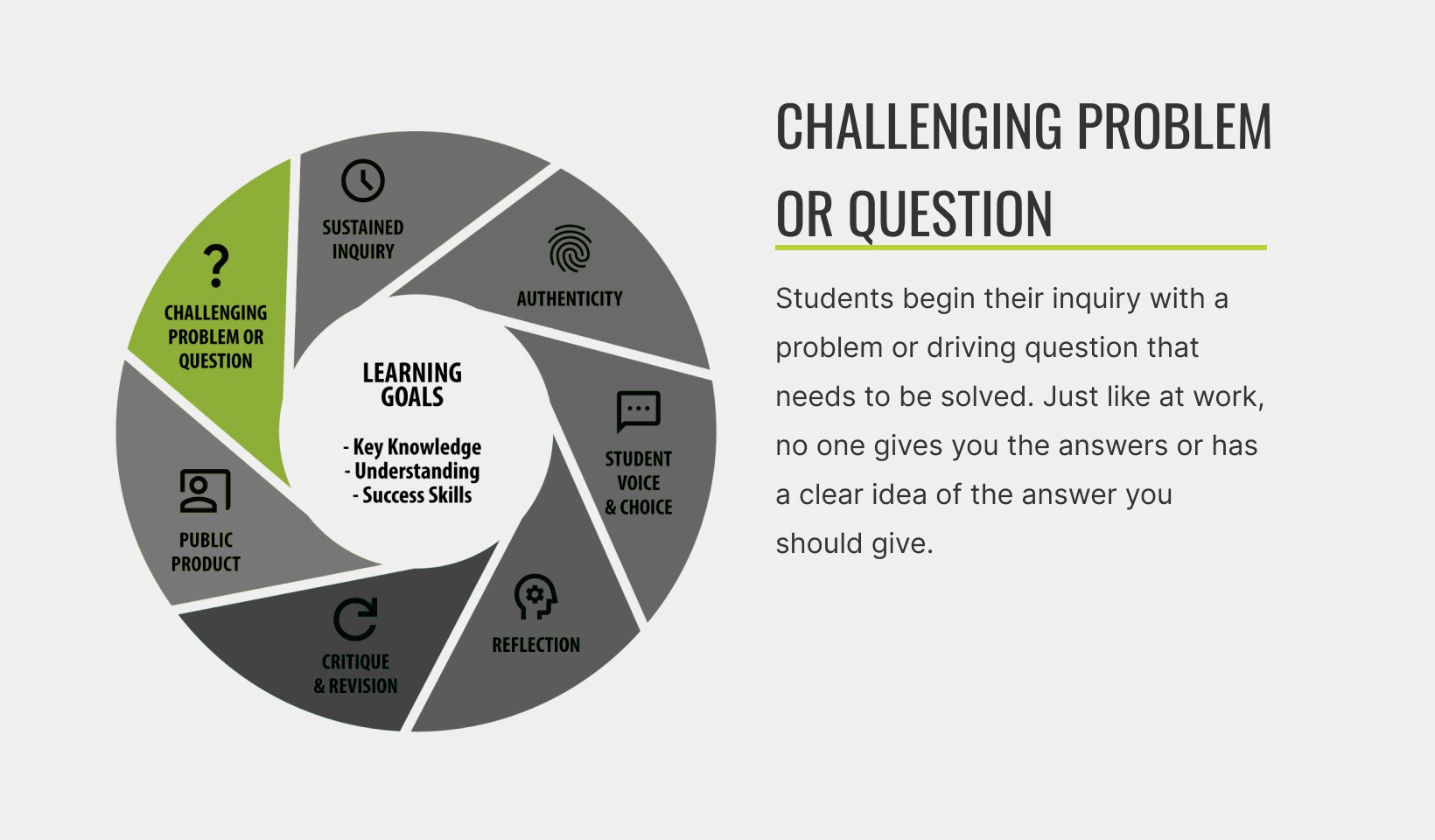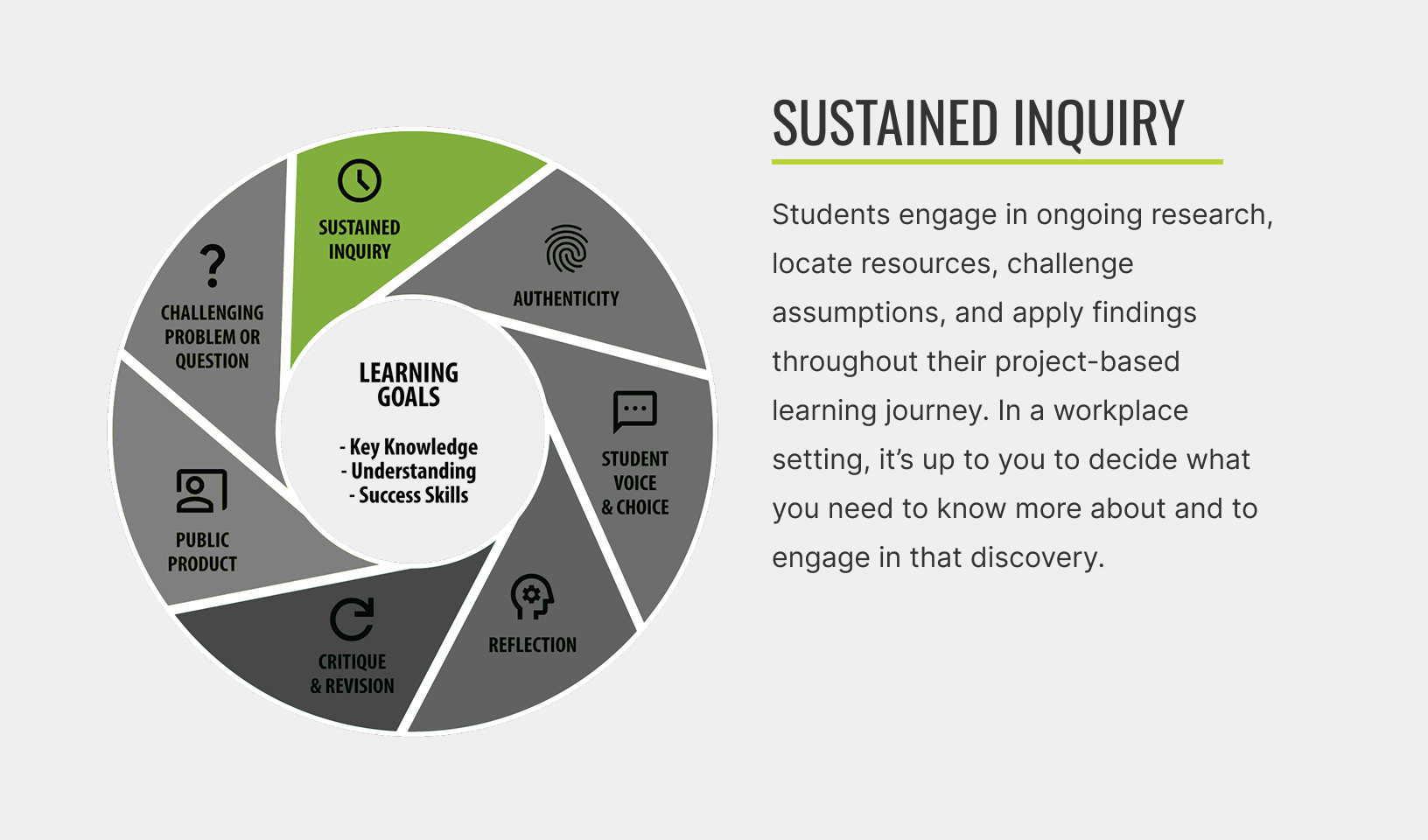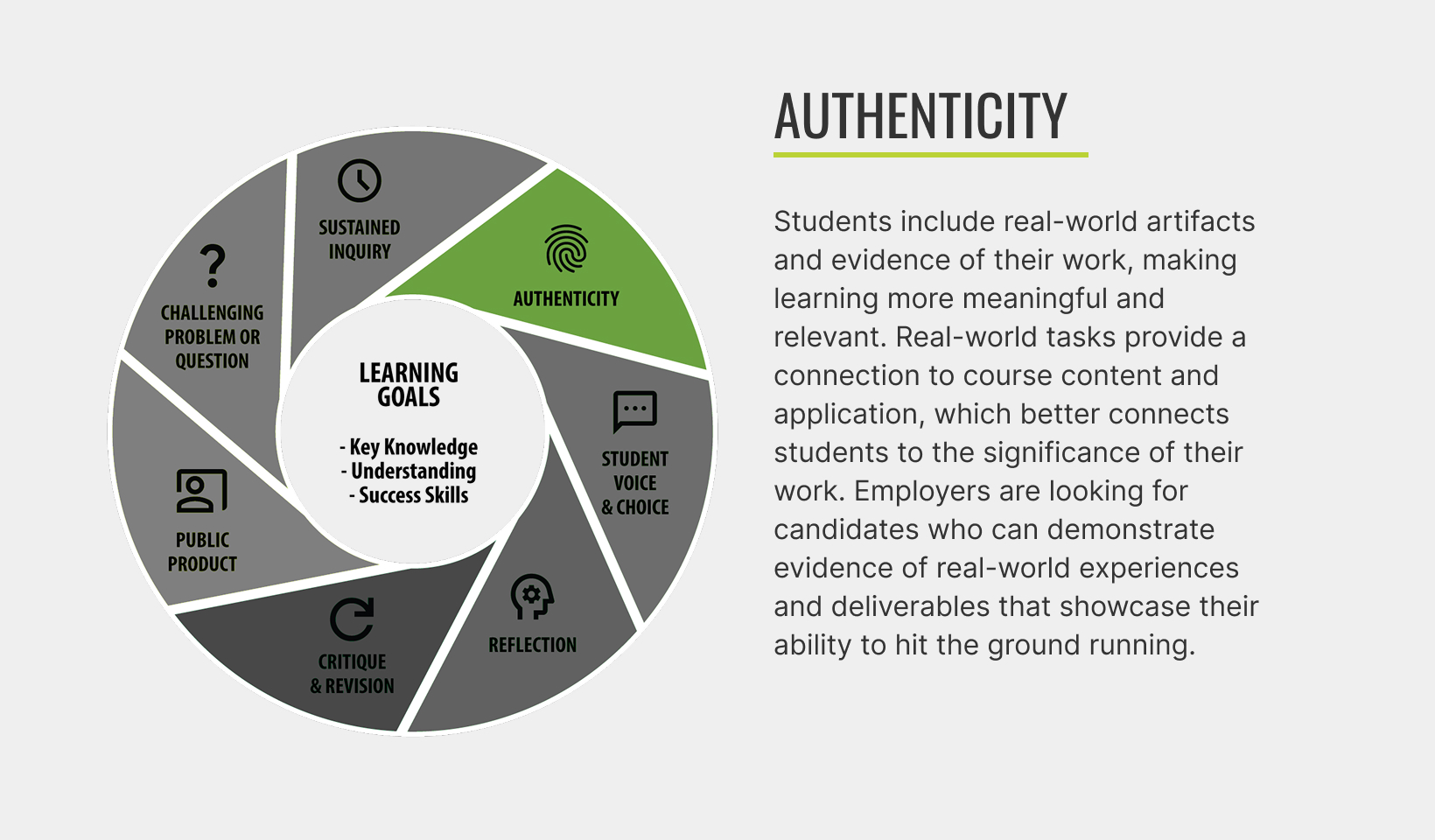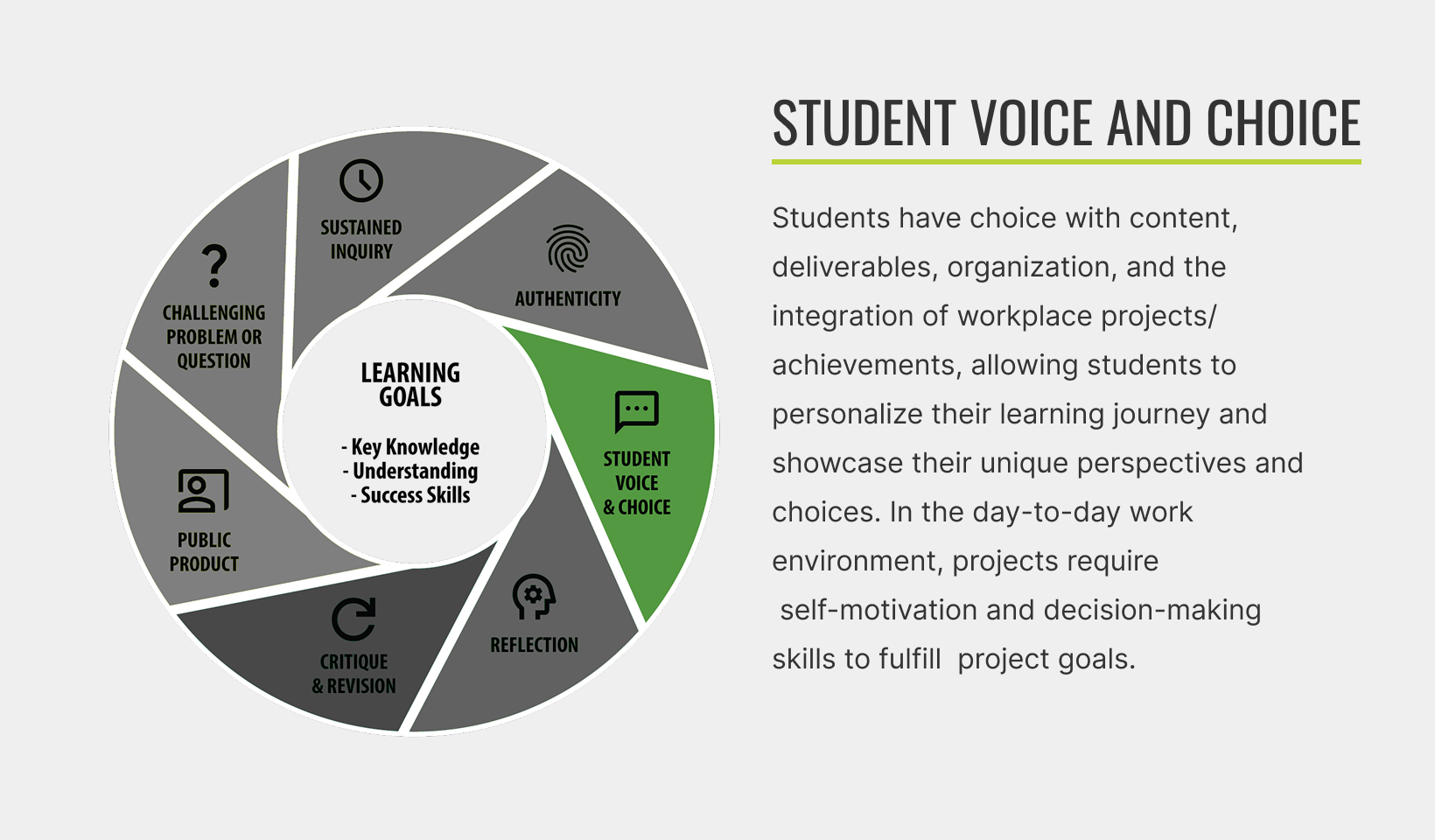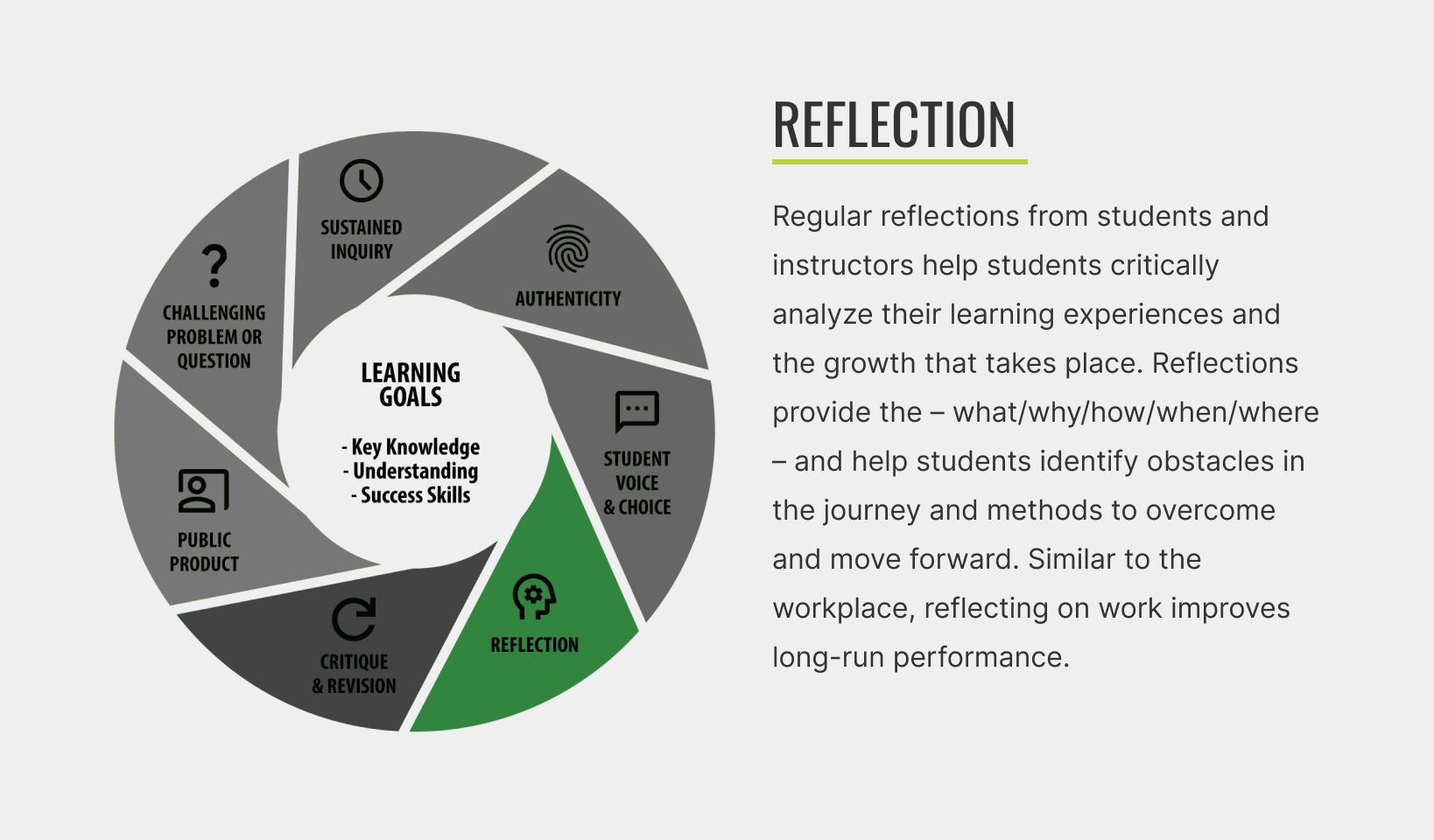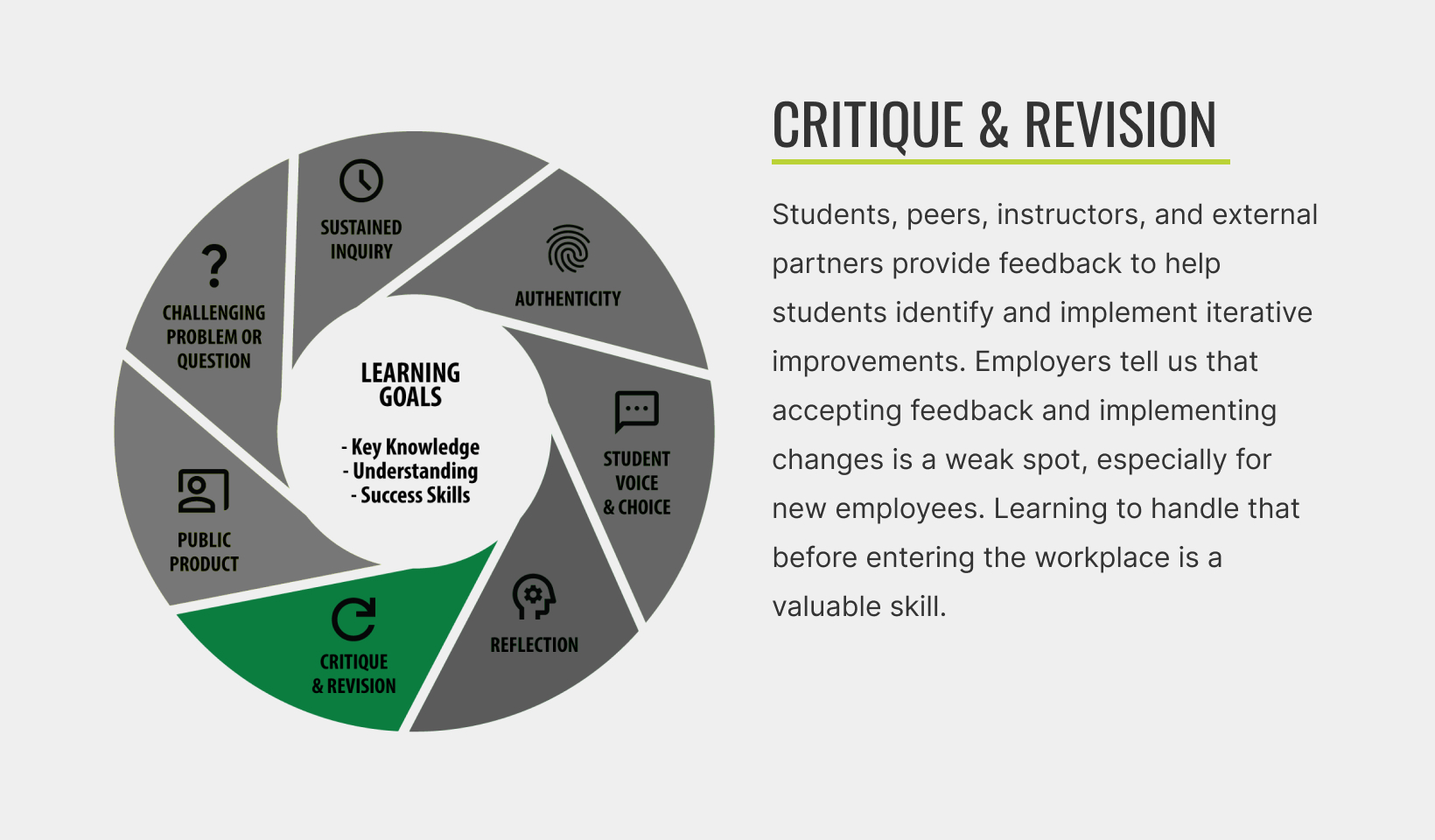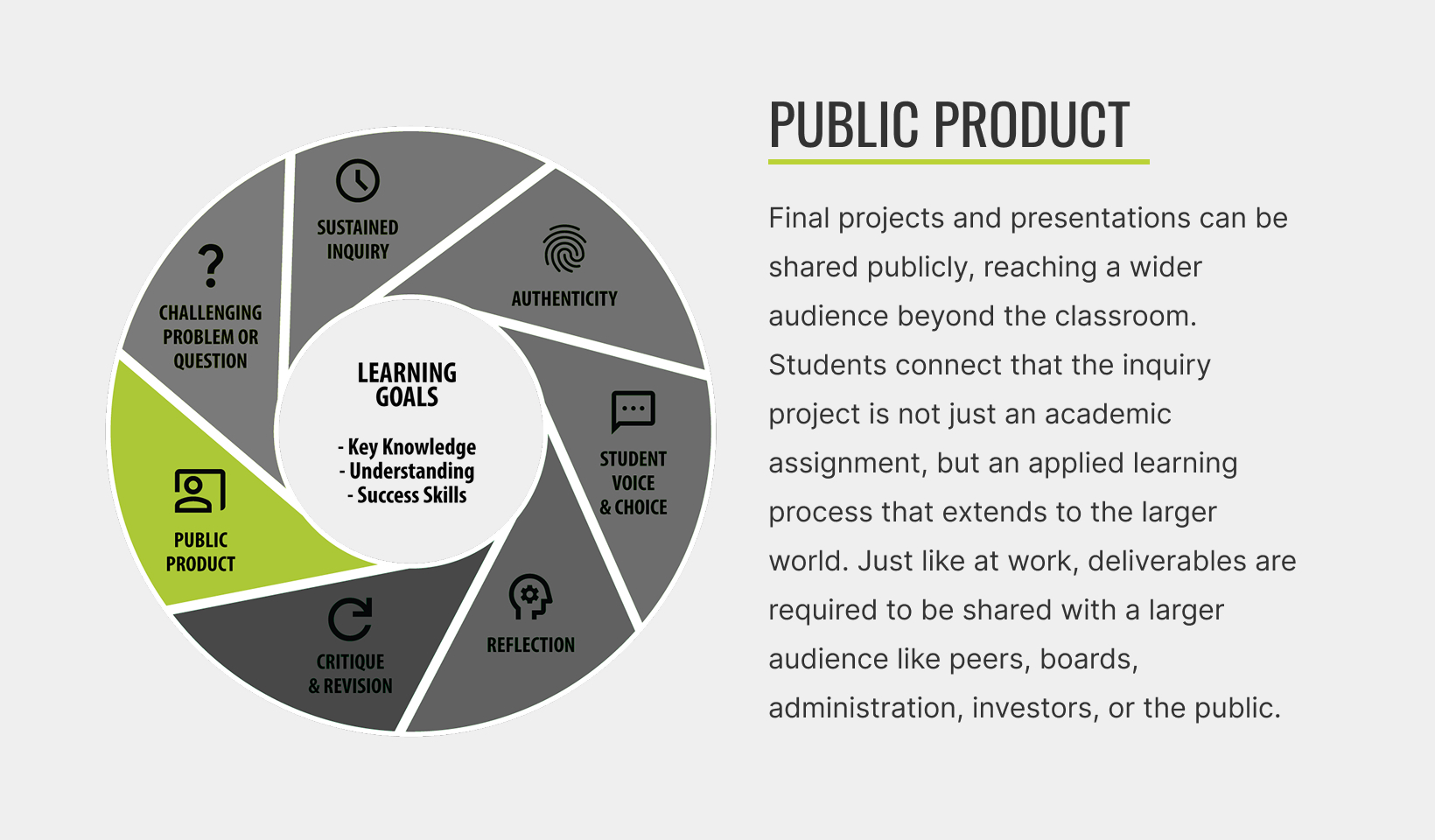What is Project-Based-Learning?

Project-Based-Learning
Project-based learning (PBL) is a teaching method that allows students to apply theory in a real-world context. PBL Works, one of the most respected contemporary PBL resources, identifies Project-based
learning as learning in which projects frame the work that students do, the projects are the vehicles for student learning, and contrasts
this approach with other kinds of “dessert projects,” projects that are a product of the learning rather than a part of the process. In true PBL, the projects provide students with essential opportunities to try, fail, and learn throughout the process of doing authentic work.
Model and framework of teaching and learning where students acquire content knowledge and skills in order to answer a driving question based on an authentic problem, need, challenge, or concern.
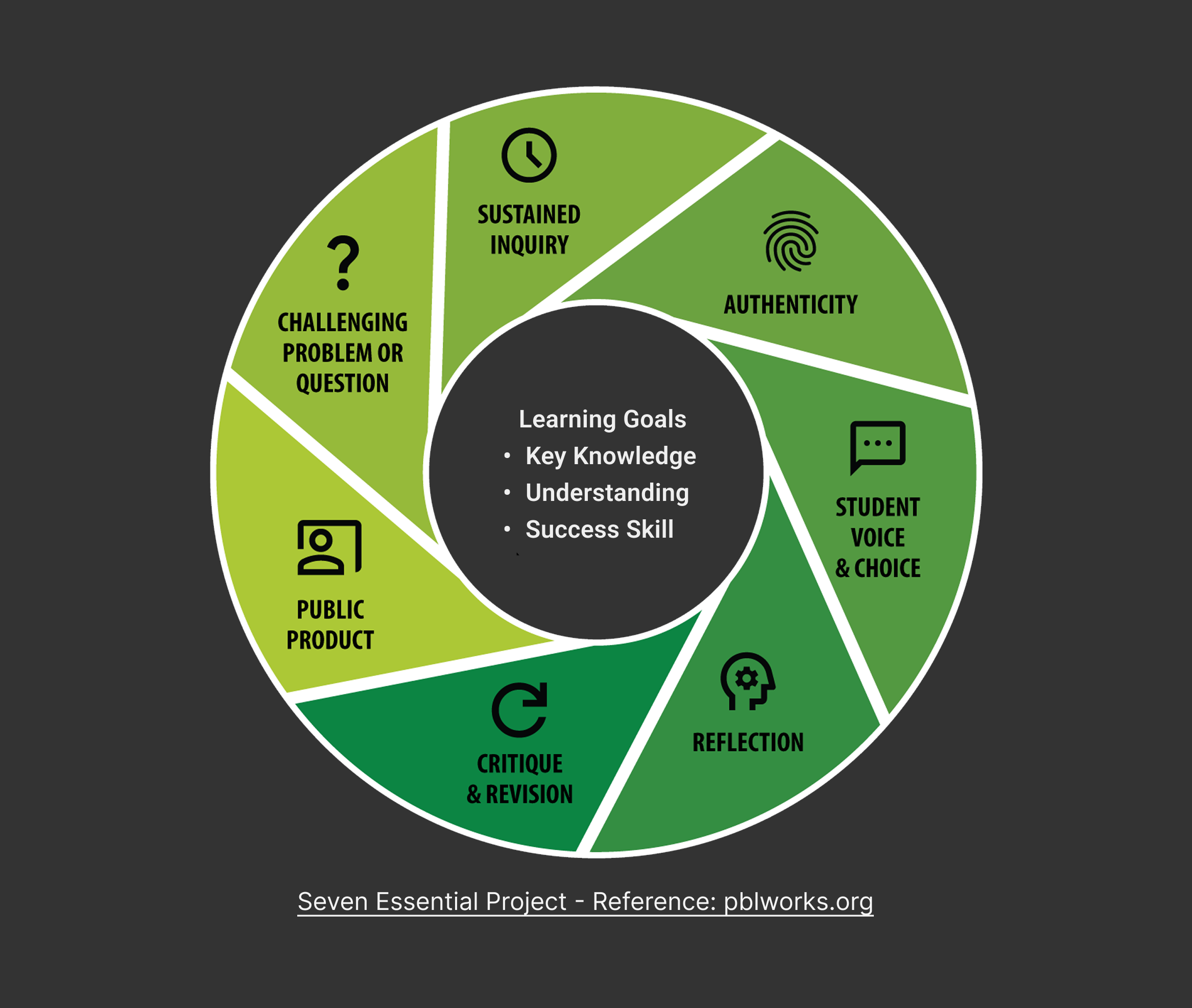
Gold Standard PBL
PBL’s long history began with medical schools that recognized the need for students to find answers and gain skills in the context of actual medical cases. Students learned through case studies that required them to use their growing knowledge in context. As an approach to learning though, experiential, authentic learning is scalable. Project-based work can happen within one class with case studies, within one class with an industry partner who brings in a problem, or across multiple classes that provide a variety of disciplinary perspectives on the problem at hand. In the College of Applied and Collaborative Studies (ACS), we do all of this!
When designing these projects, we include seven essential project design elements.
You can explore each one in detail below.
Seven Essential Project Design Elements
Identifying a project or problem that students work on (often with peers), engaging in sustained inquiry, getting feedback and critique that supports revision, sharing the work with a wider audience, and then reflecting on the learning that happened across the whole process.
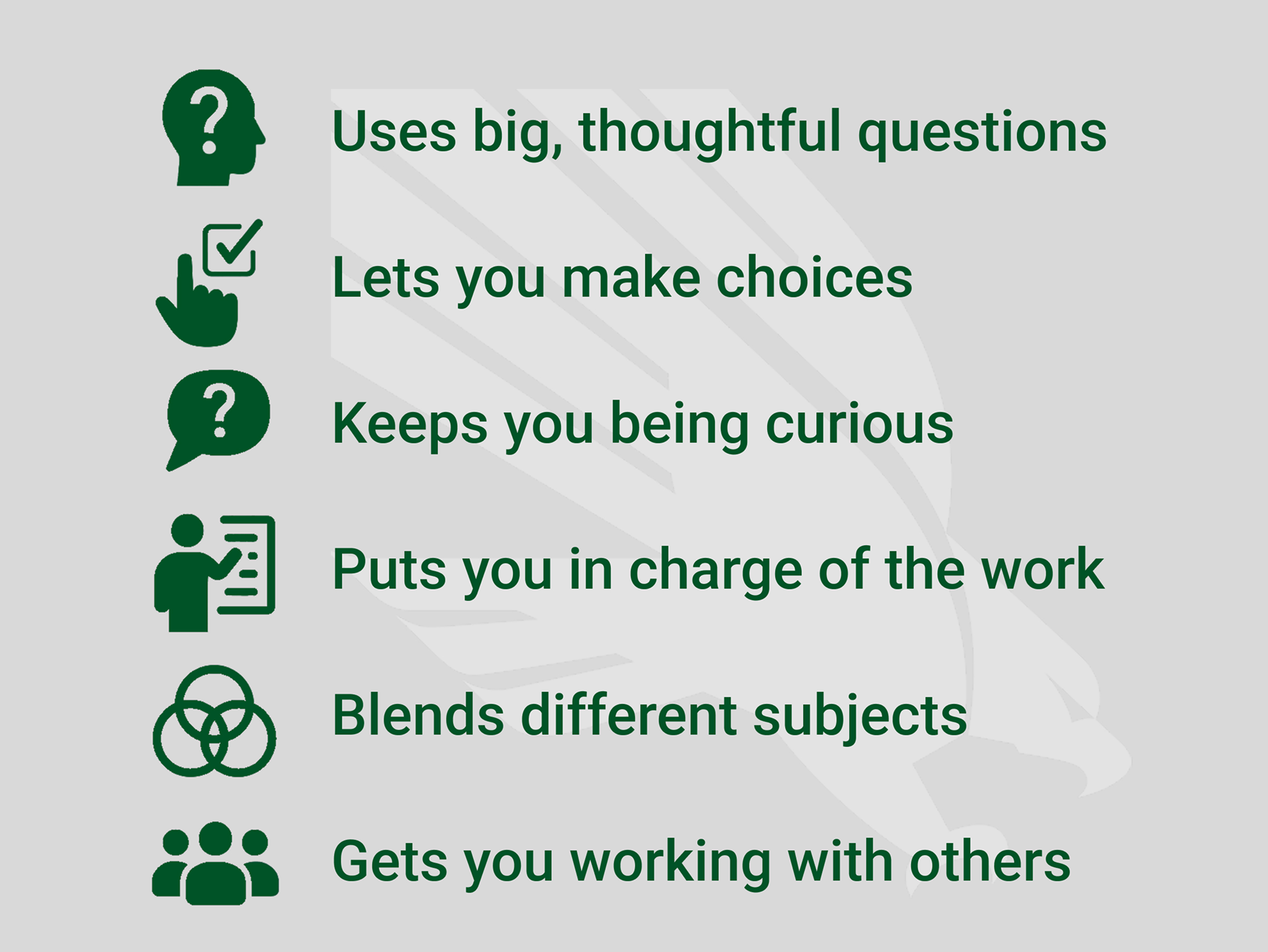
PBL vs. Doing Projects
PBL involves learning content and skills through projects by implementing a project
that: frames curriculum and instruction using higher-order thinking, utilizes student
choice in the process and product, requires constant student inquiry, employs student
ownership of the process, is multidisciplinary in nature, and is a collaborative effort
that cumulates skills needed in today’s workplace.
Projects, on the other hand, are often shorter in nature, often only involve one subject, focus more on following teacher instruction (following lower-order thinking skills), have more instructor-based ownership and assessment, are often hypothetical or case-based studies, and result in teamwork being less involved, meaning more peer cooperation rather than deep collaboration.
References
Projects, on the other hand, are often shorter in nature, often only involve one subject, focus more on following teacher instruction (following lower-order thinking skills), have more instructor-based ownership and assessment, are often hypothetical or case-based studies, and result in teamwork being less involved, meaning more peer cooperation rather than deep collaboration.
References
Curriculum integration is not discrete or compartmentalized, instead, Connections between disciplines in solving authentic problems are central to a multidisciplinary learning approach.
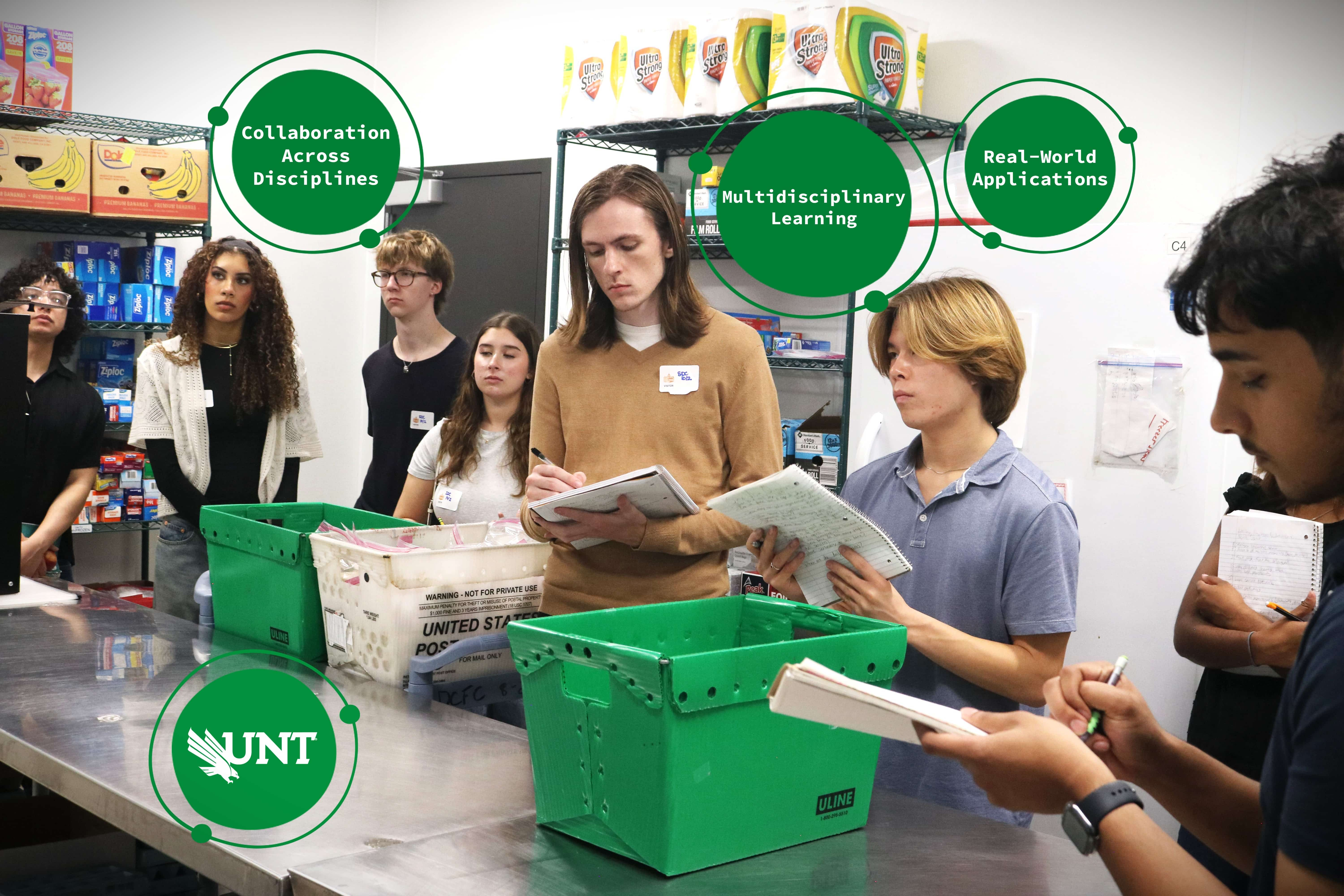
Multidisciplinary Approach to PBL
In Collage of Applied and Collaborative Studies, multidisciplinary learning involves investigating and exploring a topic from the perspective of different disciplines to offer ideas and perspectives for looking at issues and problems5.
In an increasingly competitive job market, multidisciplinary education places a greater emphasis on employability. Spanning across disciplines results in better student performance 6. By combining this multidisciplinary approach where faculty across disciplines come together to build out curriculum focused on real-world issues, synergies exponentially arise in the project-based learning experience.
References
In an increasingly competitive job market, multidisciplinary education places a greater emphasis on employability. Spanning across disciplines results in better student performance 6. By combining this multidisciplinary approach where faculty across disciplines come together to build out curriculum focused on real-world issues, synergies exponentially arise in the project-based learning experience.
References

Explore more PBL Resources
To help you explore project-based learning more deeply, the high-quality research
articles were curated for you in the link below.
For More Questions Contact Us

